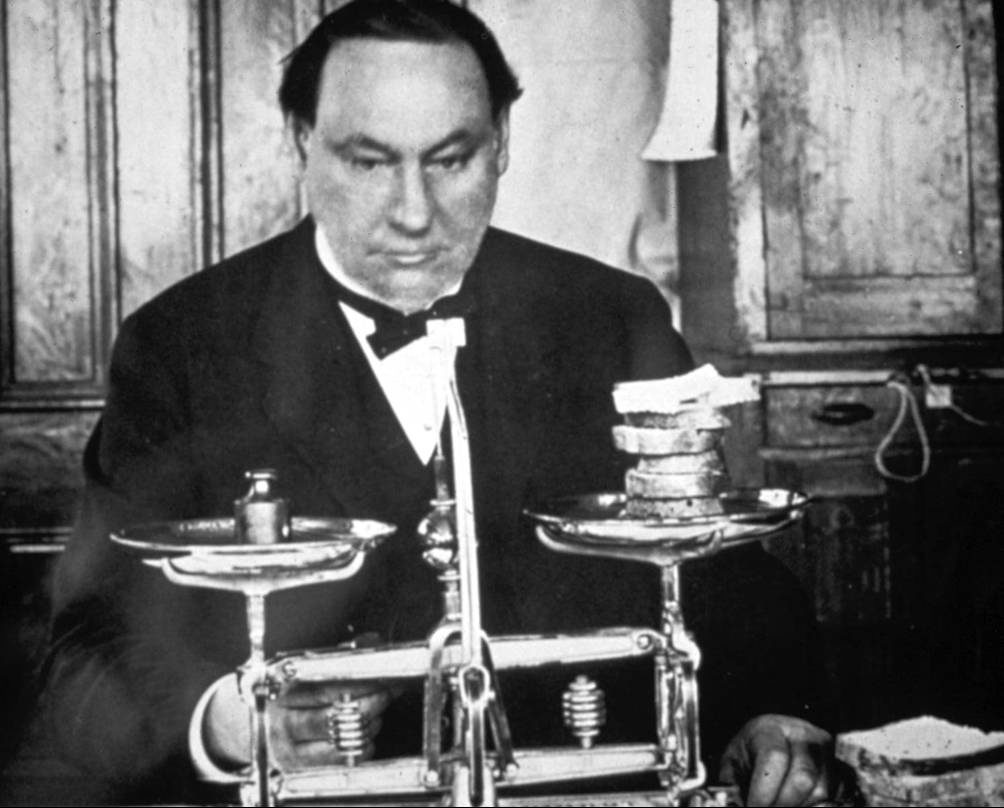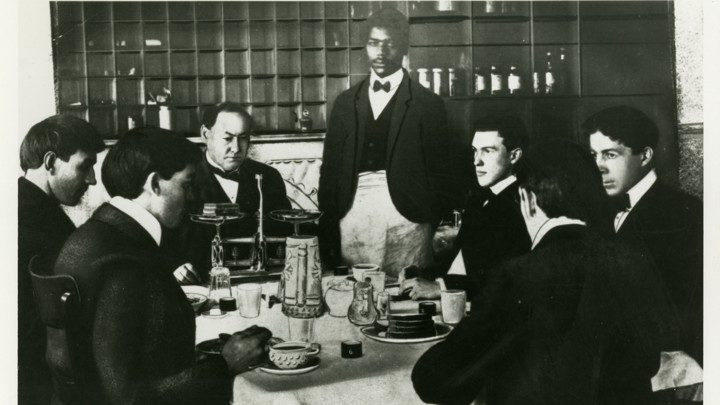
Nobody knew how many of these additives people were eating, let alone what this daily cocktail of chemicals might be doing to them. But Harvey Washington Wiley, a do-gooder farm boy who trained as chemist, worried that preservatives might be harming the public. As Deborah Blum describes in her new book, The Poison Squad: One Chemist's Single-minded Crusade for Food Safety at the Turn of the Twentieth Century, Wiley took a job at the U.S. Department of Agriculture, where he launched a revolutionary experiment: the "hygienic table trials," quickly renamed the "Poison Squad Trials" by journalists. Wiley's "poison squad" was made up of young, healthy male government workers, who consumed capsules of borax, formaldehyde, and other preservatives alongside their daily meals. The trials' shocking results led to the 1906 Pure Food and Drug Act and eventually to the creation of the U.S. Food & Drug Administration (FDA), transforming what the nation eats in the process.
In theory, Harvey Washington Wiley's success should ensure that all preservatives added to our food today are safe. But, in reality, a legislative update in 1958 created a loophole that means that, today, we have no idea exactly how many additives are added to our food or how safe they are. With Laura MacCleery, policy director for the Center for Science in the Public Interest, we bring Wiley's legacy up to date. Why are some of the chemicals that sickened his Poison Squad more than a hundred years ago still in our food - and what can modern science tell us about their risks? How safe is today's food, and what needs to change to make it safer?
About the authors
NicolaI Twilley is a writer based in New York. She is a co-host of the podcast Gastropod and a contributor to The New Yorker. She also runs the blog Edible Geography.
Cynthia Graber is a writer and audio journalist based in Somerville, Massachusetts, and a co-host of the podcast Gastropod. Her work has appeared in Scientific American and The New Yorker.




Reader Comments